- No.609, Centre Of Huijin Nanxiang, Yinxiang Road, Nanxiang Town, Jiading District, Shanghai, China
- sherry@sanmachines.com
- +86-18616767021
Features and capabilities of handheld fiber laser welding machines!
Laser welding technology is a technology that has been used recently in most modern manufacturing industries. In traditional metal welding, arc welding is widely used. However, with the popularity of laser welding machines, many manufacturers have begun to abandon arc welding and turn to laser welding of metals. Is laser welding really better than arc welding? How effective is laser welding? This article analyzes the characteristics and capabilities of handheld fiber laser welding machines from multiple aspects to provide a reference for you to choose the best metal welding method.
Arc welding requires bonding materials or fillers to join two pieces of metal, while laser welding can form a direct metal-to-metal bond without the need for fillers. The way arc welding joins metals causes slag to form at the weld, which needs to be cleaned twice, otherwise it may pollute the application environment. Laser welding is much cleaner than traditional arc welding, with smooth and beautiful welds and no slag to clean, so it helps reduce labor costs and reduce the risk of contamination. These characteristics of laser welding make it particularly important in applications such as medical equipment and scientific instruments, and it will not cause harm to personnel or precision equipment due to falling debris.
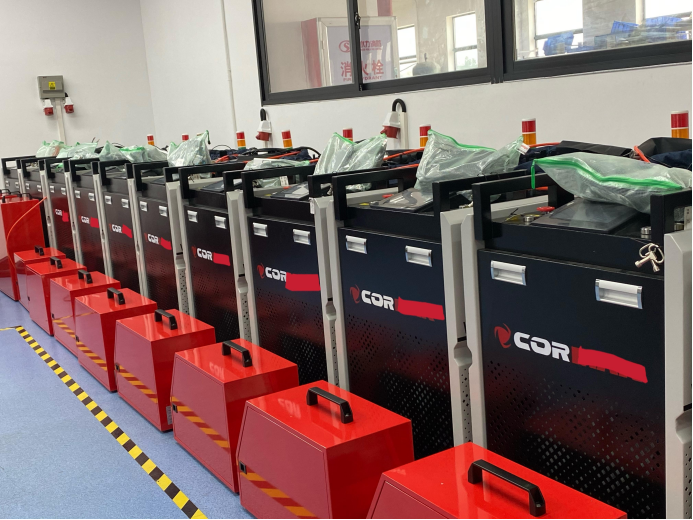
Another feature of laser welding machines is that they can weld very thin metal sheets (down to 5mm) without damaging the metal, which is impossible with arc welding. In terms of welding speed, laser welding is much faster than arc welding, about 6-10 times. Therefore, more workpieces can be processed using laser welding machines than arc welding in the same amount of time. On the other hand, arc welding requires contact with the surface of the material and produces thermal shock, which is a slow process. Laser welding does not require contact with the surface, so the weld is more beautiful and basically does not require secondary processing before it can be put into the next production process.
Of course, like any mechanical equipment, laser welding machines have their limitations. On the one hand, it is not suitable for welding thick and heavy metal plates, such as large pipes or structural beams. Another limitation is that not every metal can be laser welded to other types of metal. Arc welding does not have this problem because it uses fillers to bond two pieces of metal together, rather than through the metal itself. In addition, there is a big difference in price between the two. The advantages of laser welding machines such as precision and efficiency determine that its price is more expensive than arc welding equipment. But this also means that the quality of the workpiece after laser welding is higher and the workshop productivity is higher.
Laser welding machines often start working with a handheld laser welding gun. Its ease of operation and precision make it more suitable for metal projects with higher quality requirements, such as medical equipment, stainless steel kitchenware, household appliances, bathroom products, etc. The controllability of laser welding means that it can be easily automated, and the welding variability is less, the quality is higher, and the overall production speed is faster.
At present, many laser welding machine manufacturers have developed three-in-one or four-in-one laser welding equipment, which integrates the three functions of laser welding, laser cleaning and laser cutting into one laser equipment. This laser welding and cleaning machine has richer functions, a wider range of applications, and reduces the cost of users to purchase other equipment.
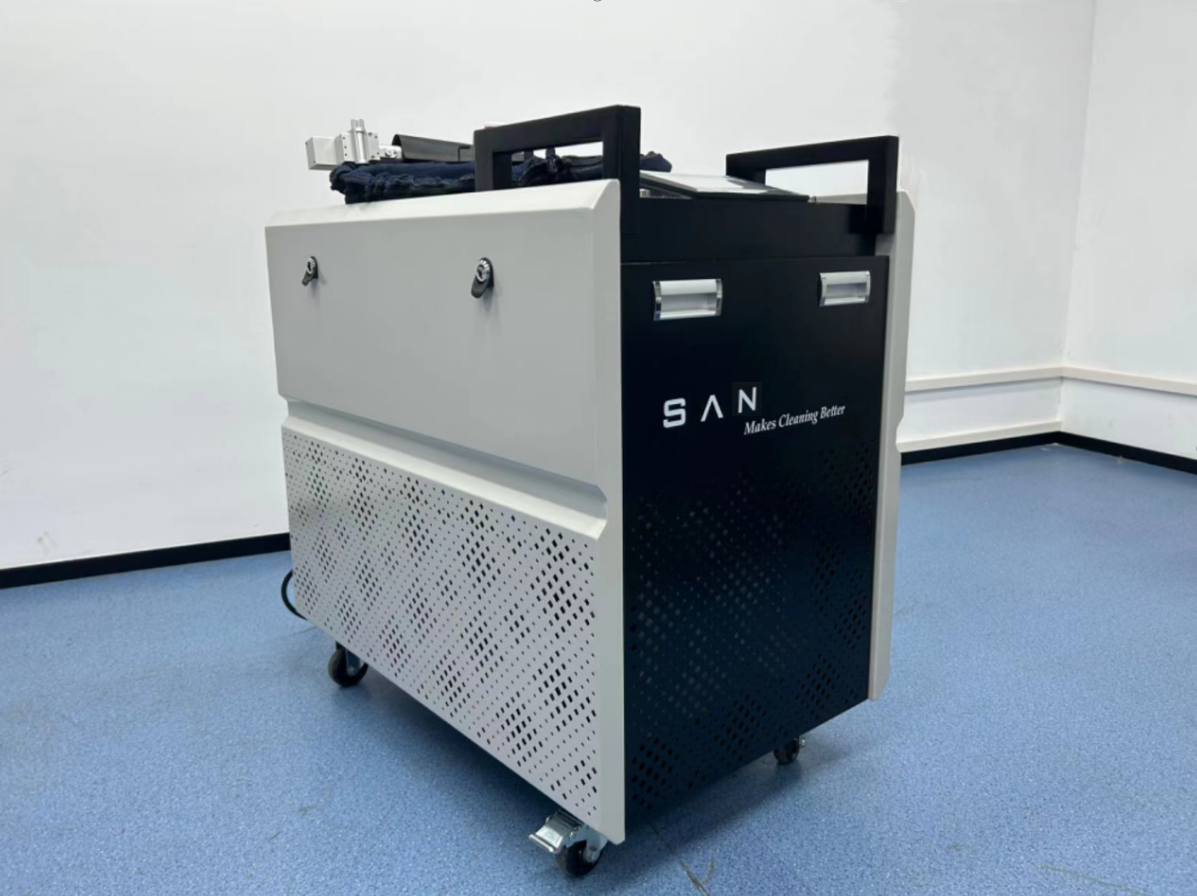
If you are not sure which welding equipment to use before starting a welding project, you can communicate with SAN LASER online. We are happy to communicate with you which welding method is best and the advantages and disadvantages of each welding method.


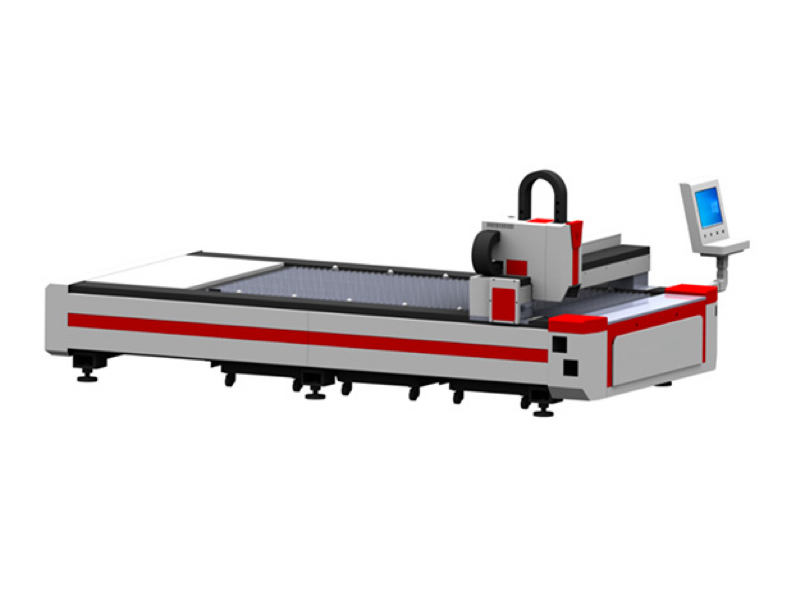
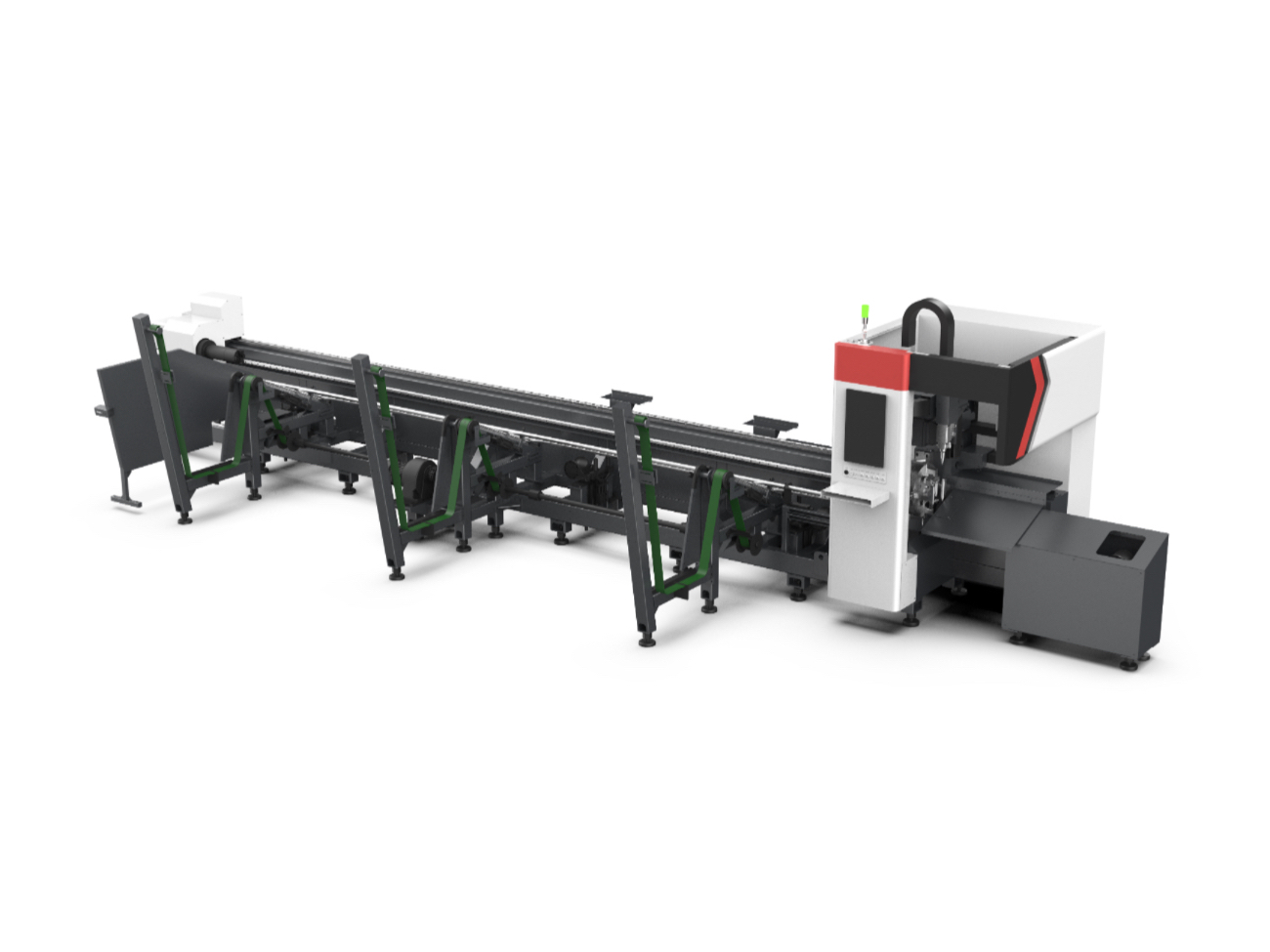
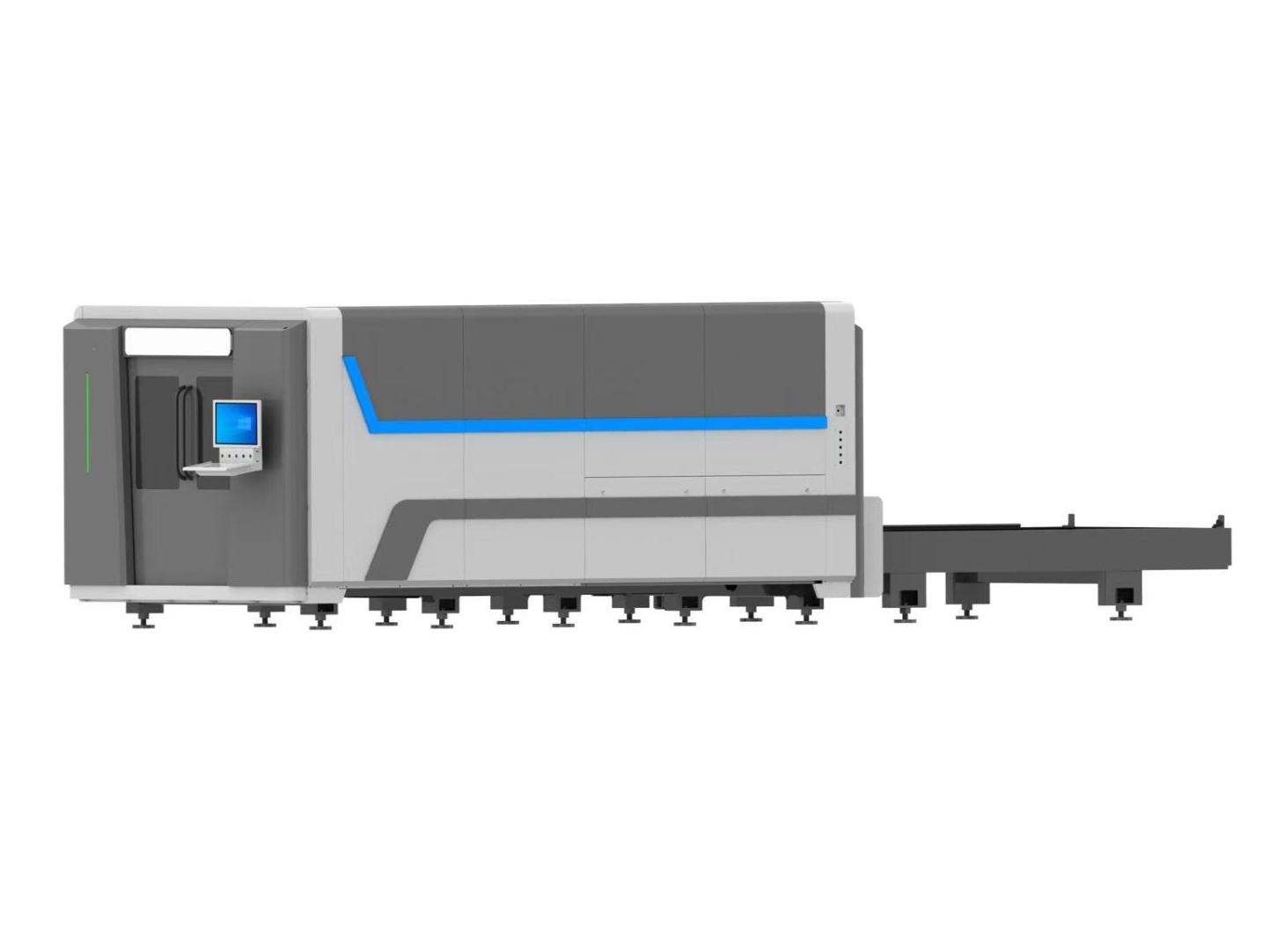

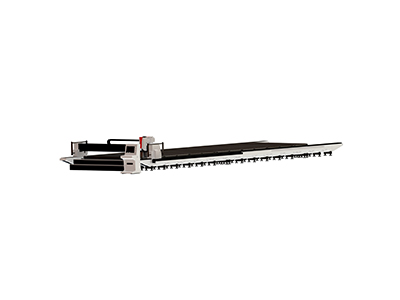
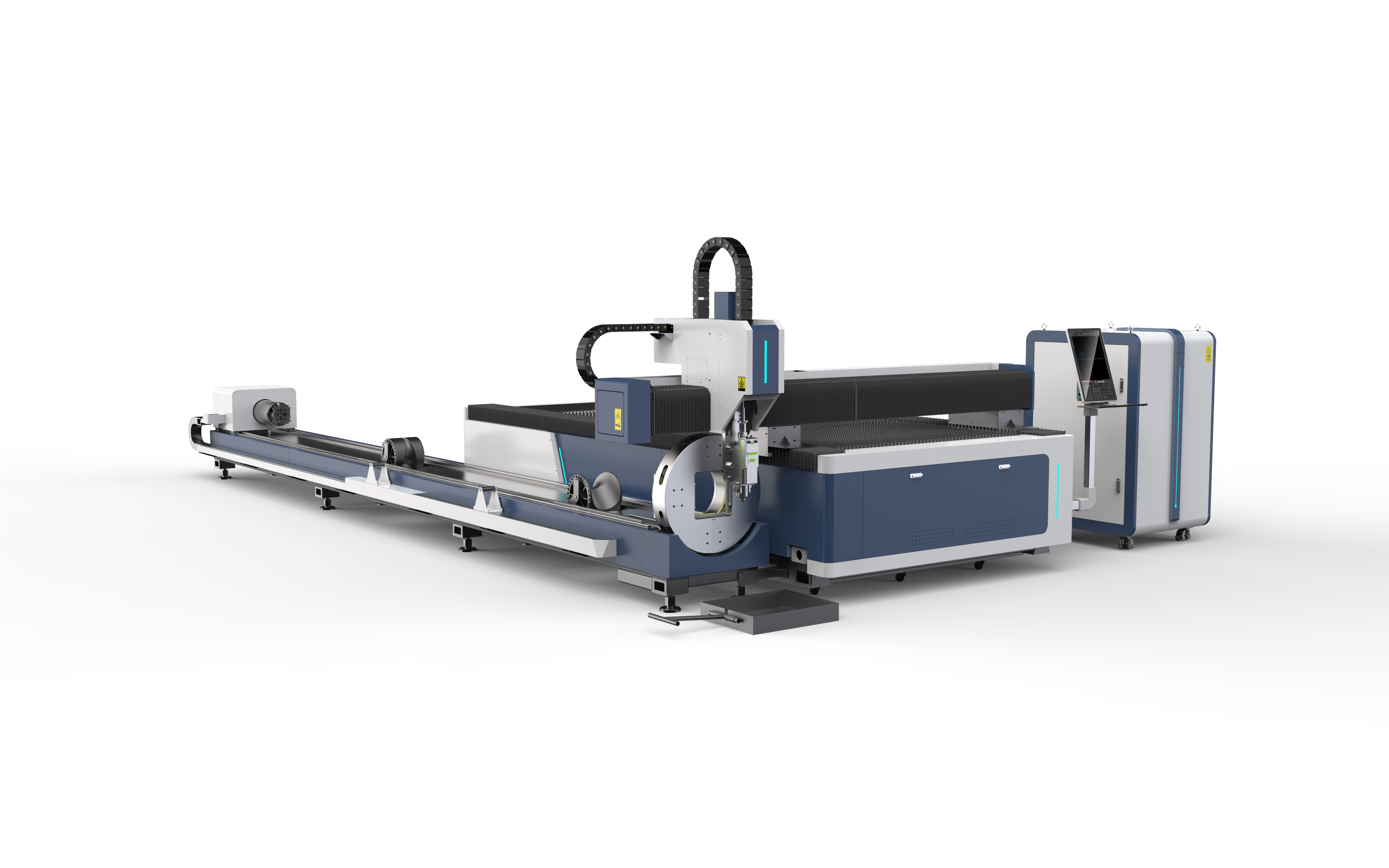
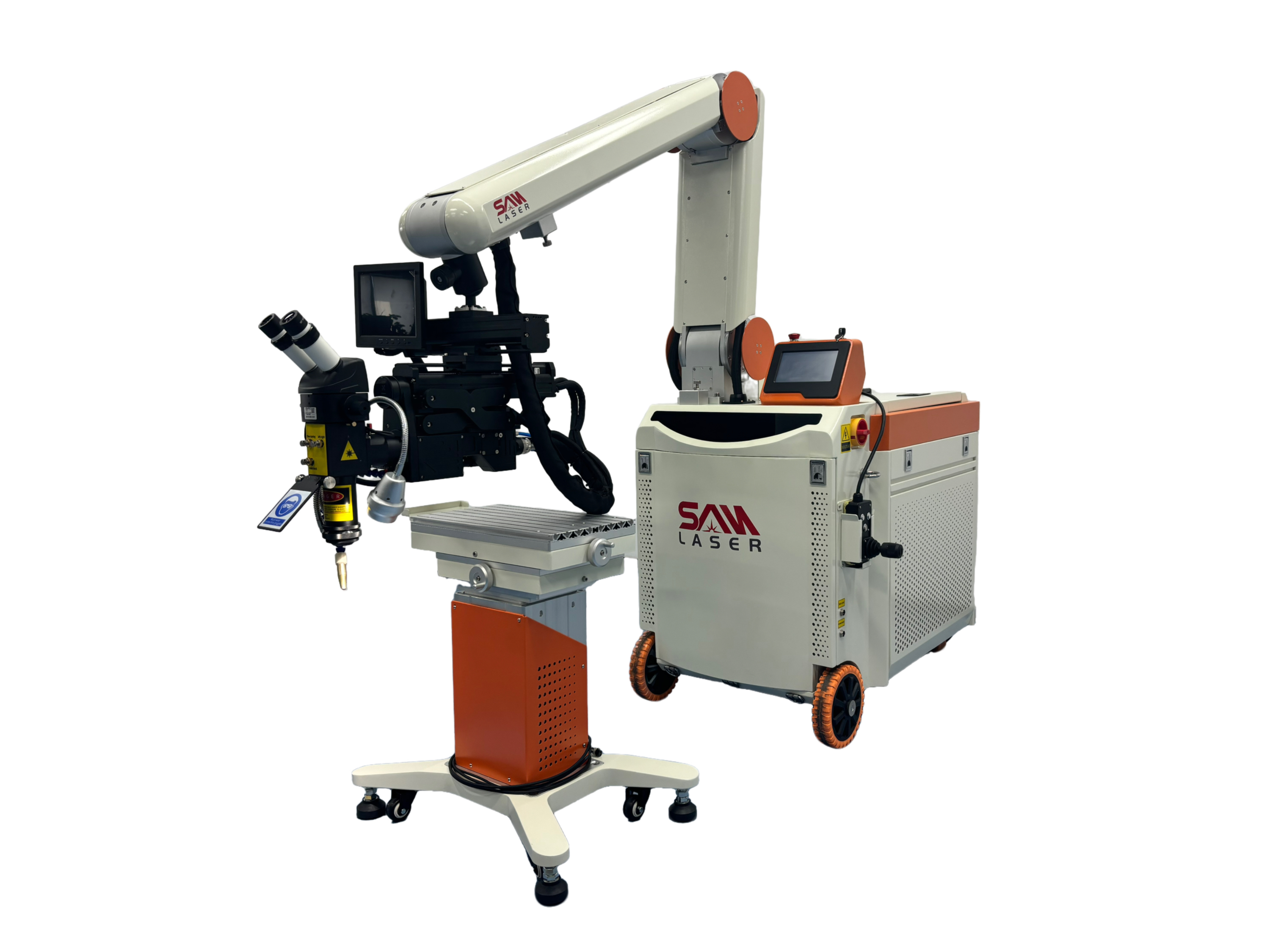
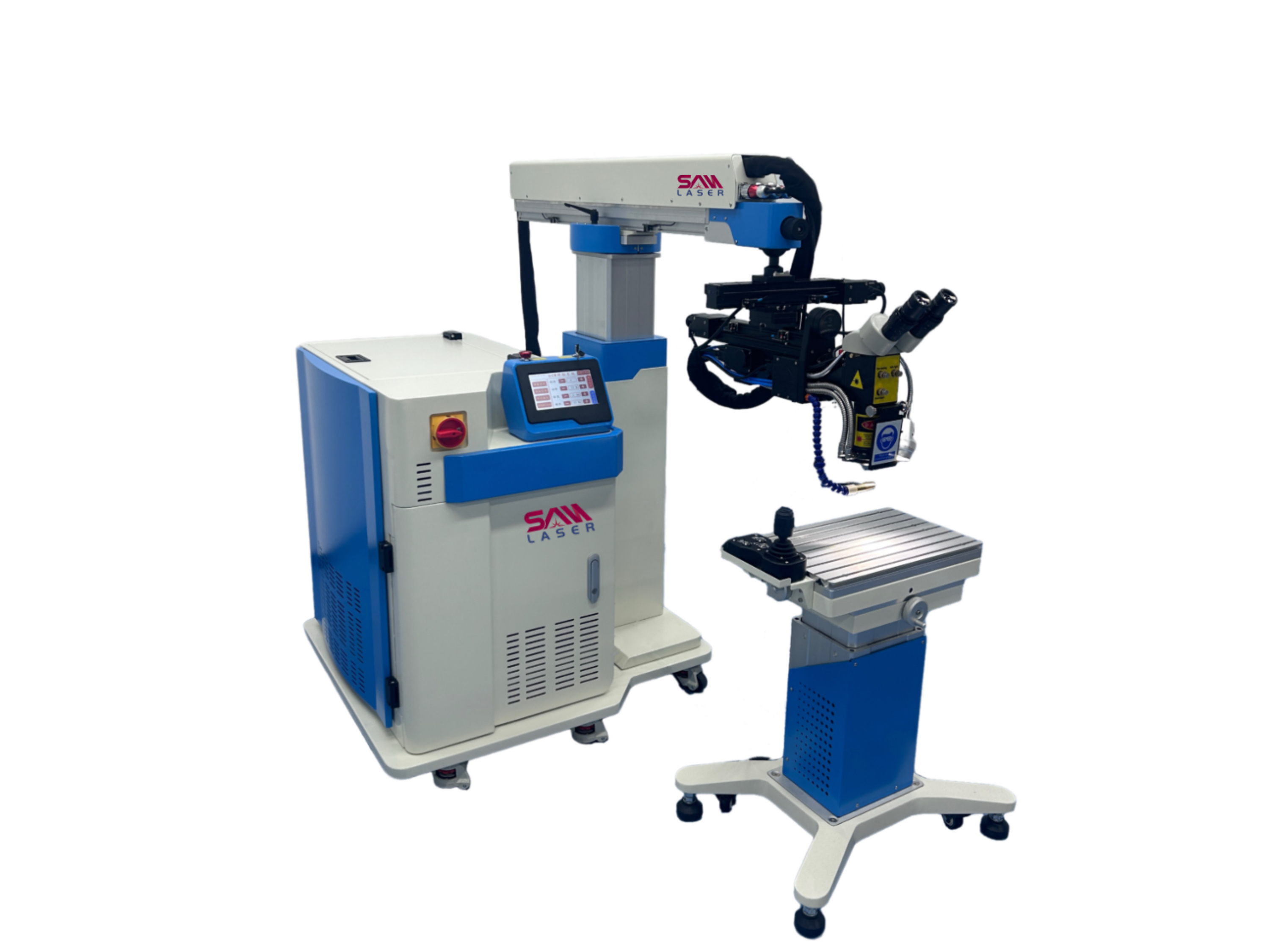
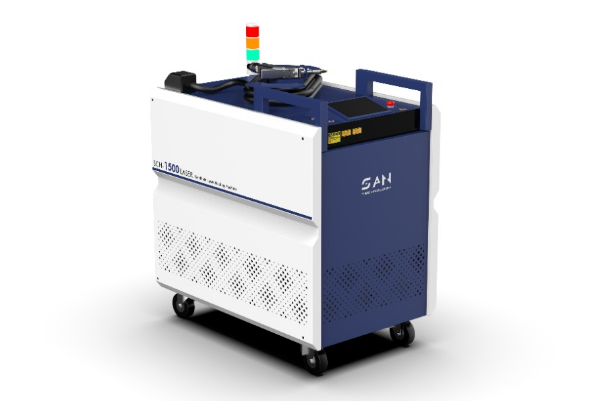
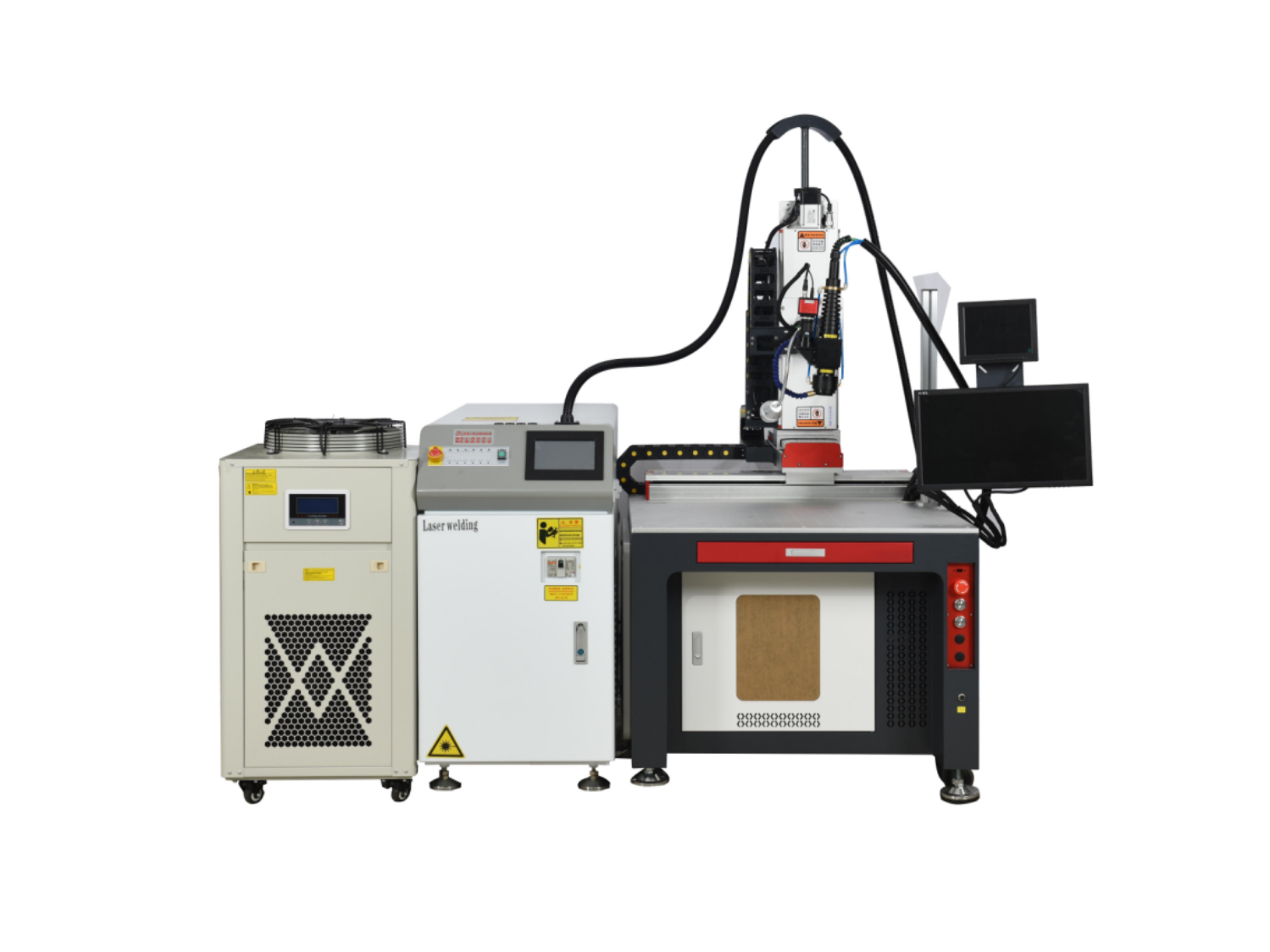
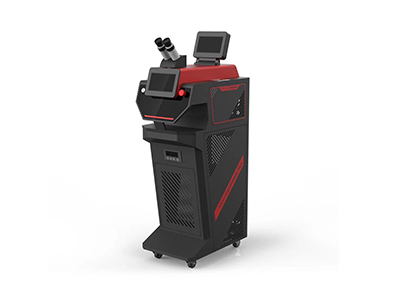
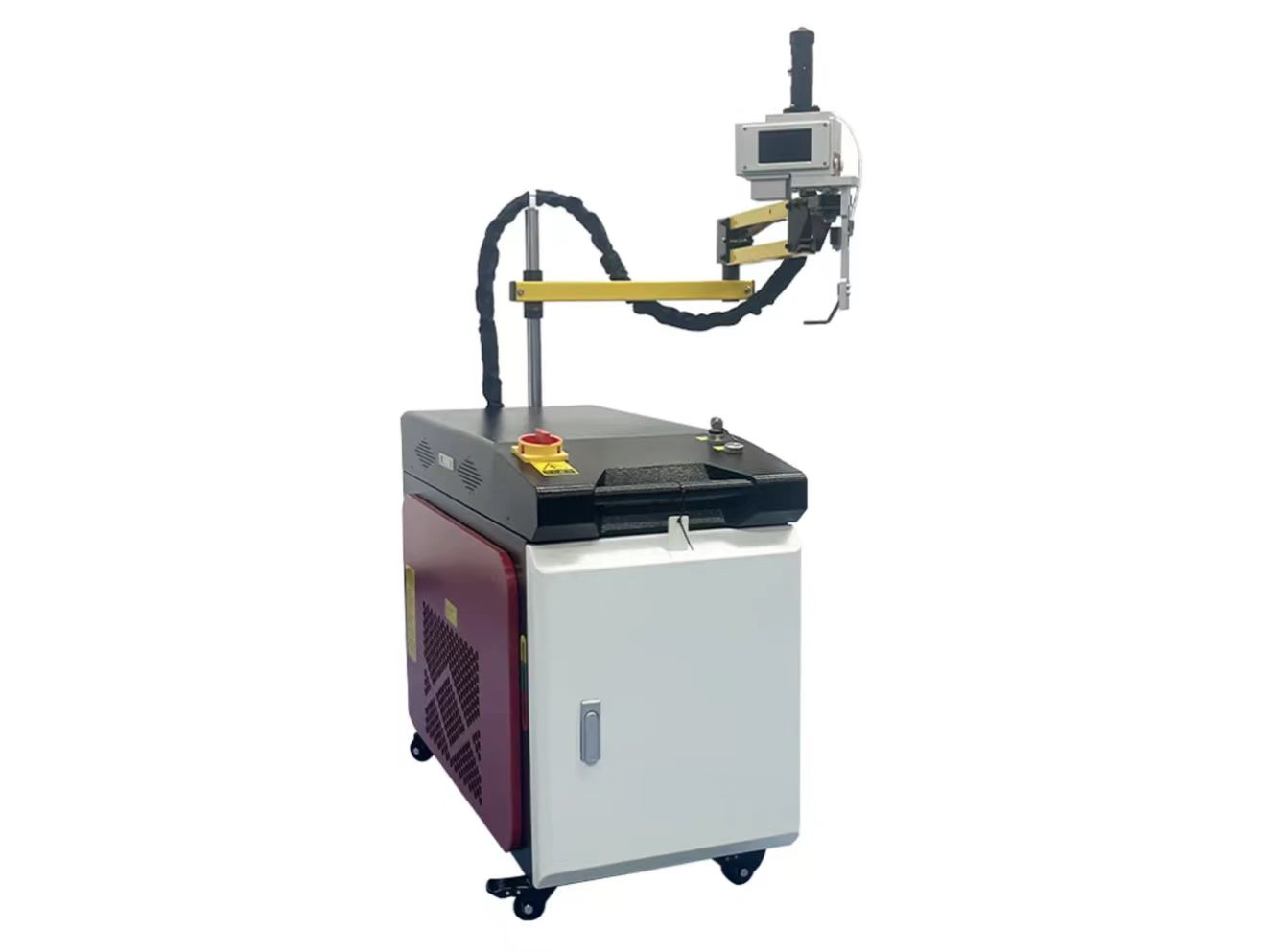
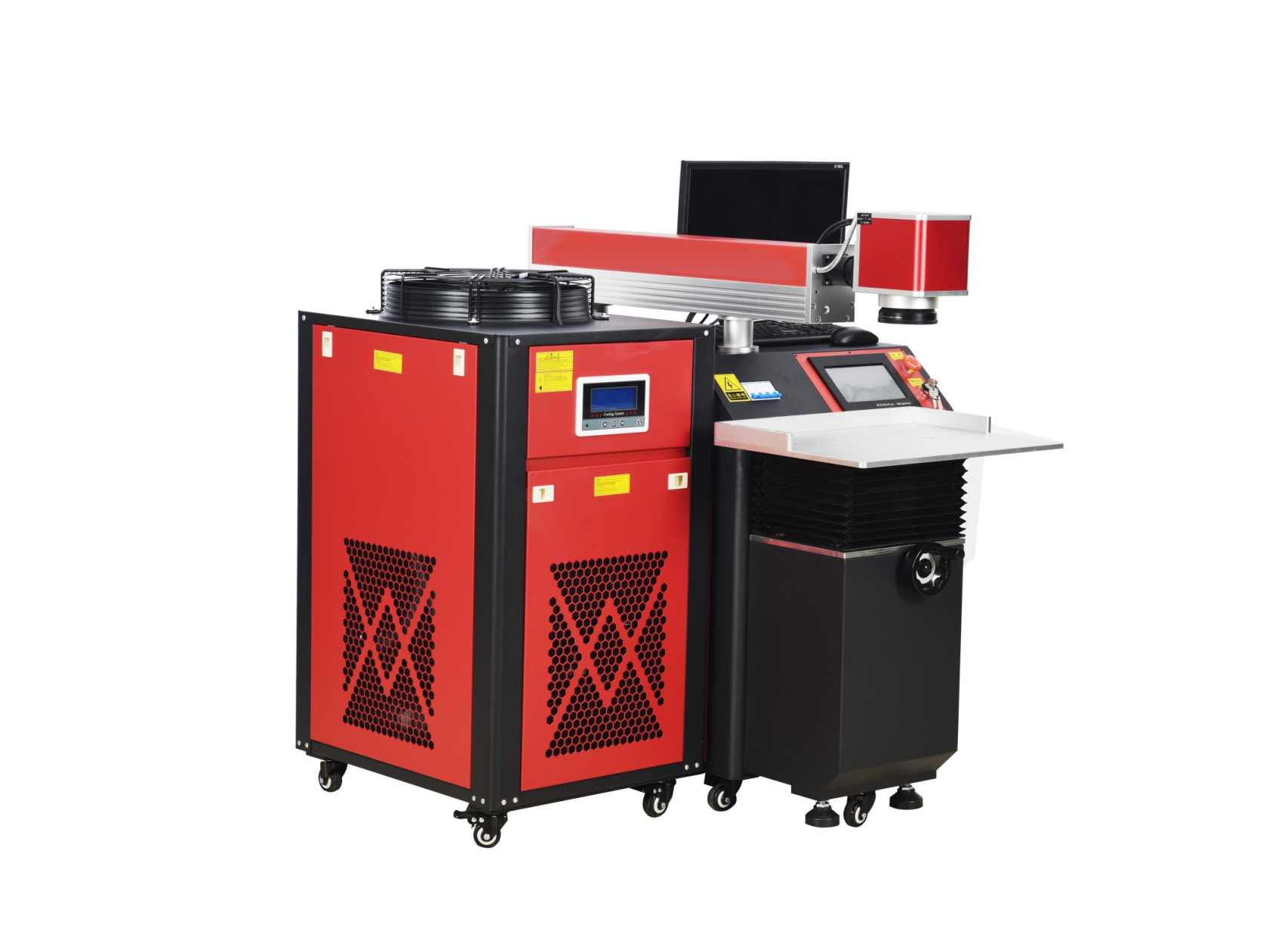
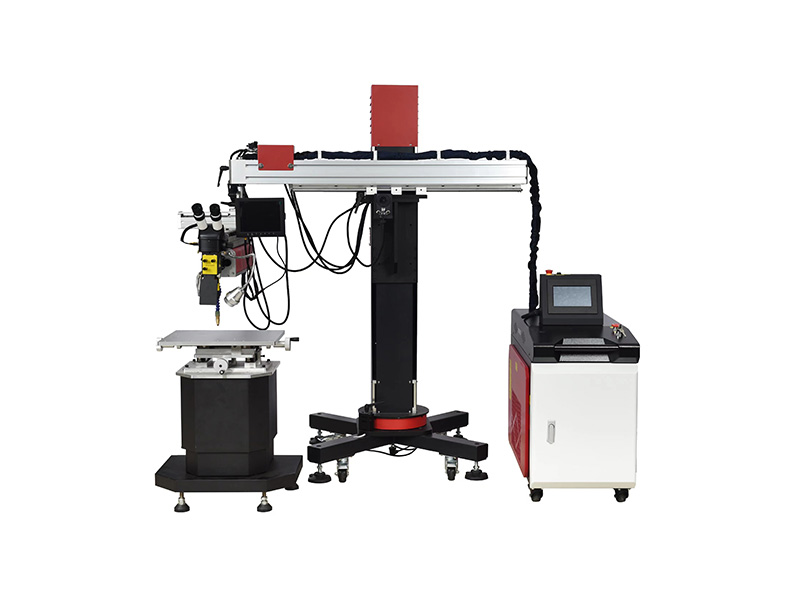
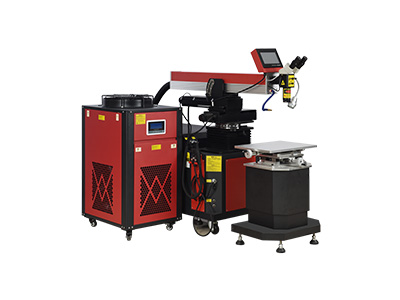

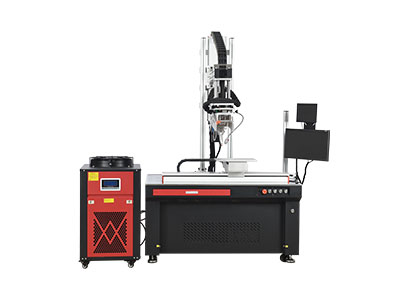
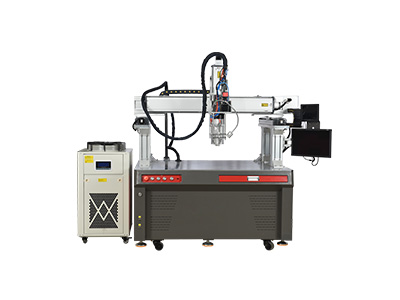
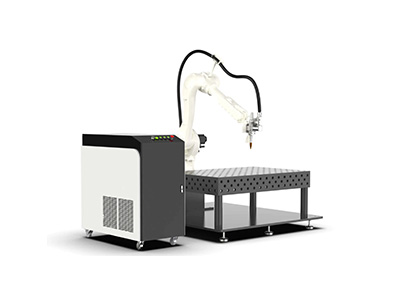
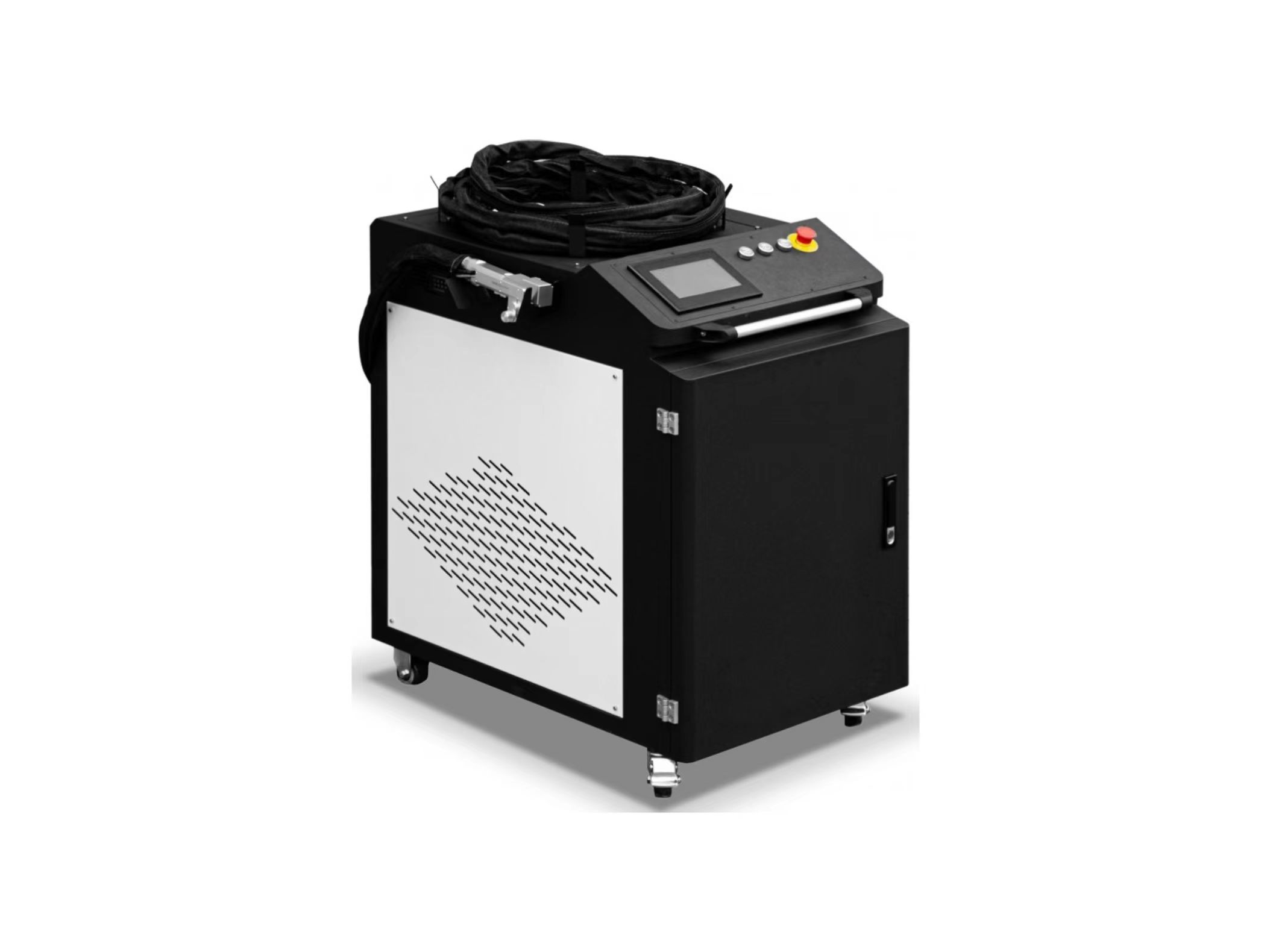
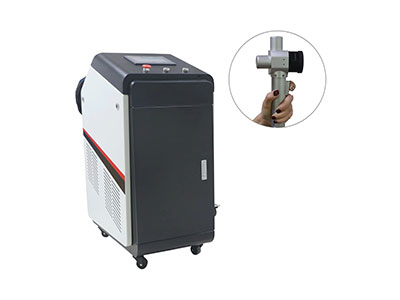
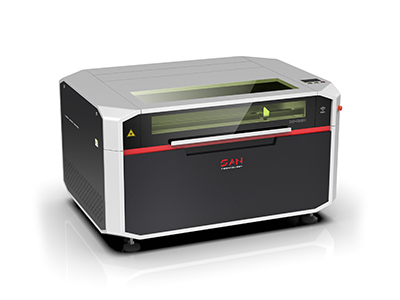
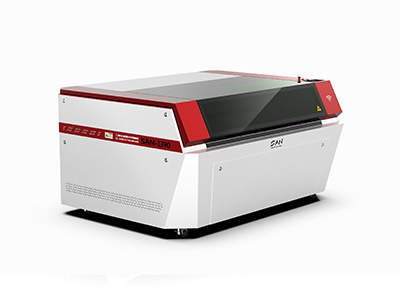
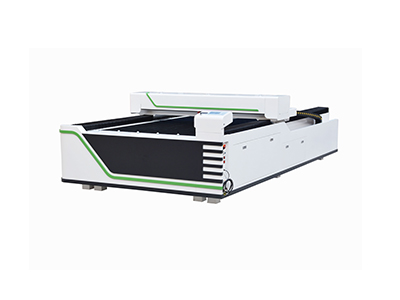
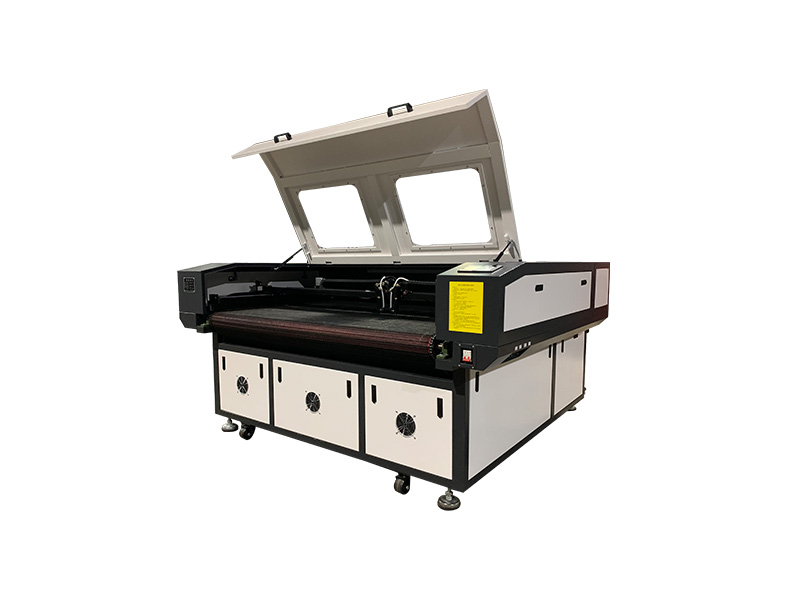
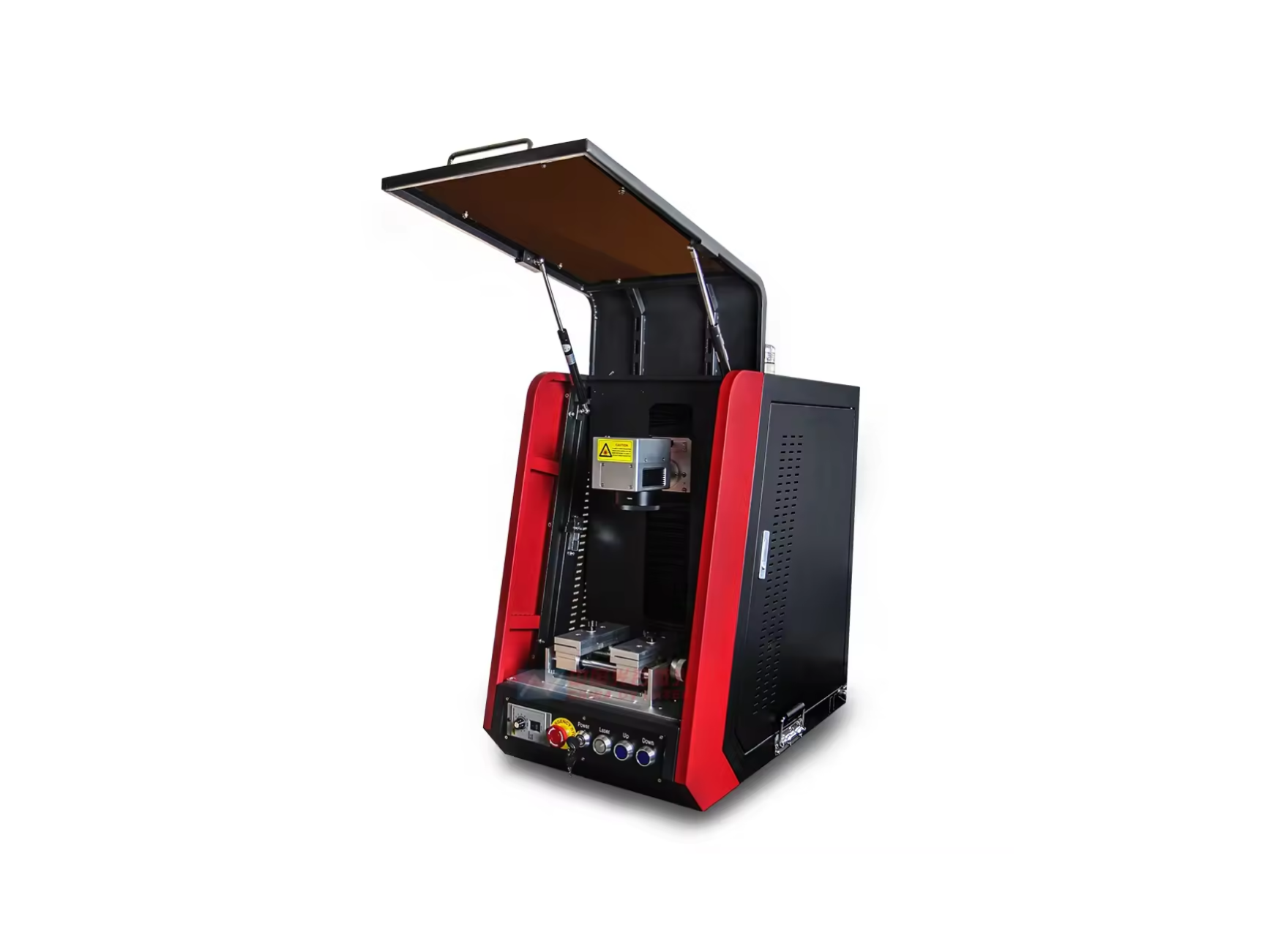
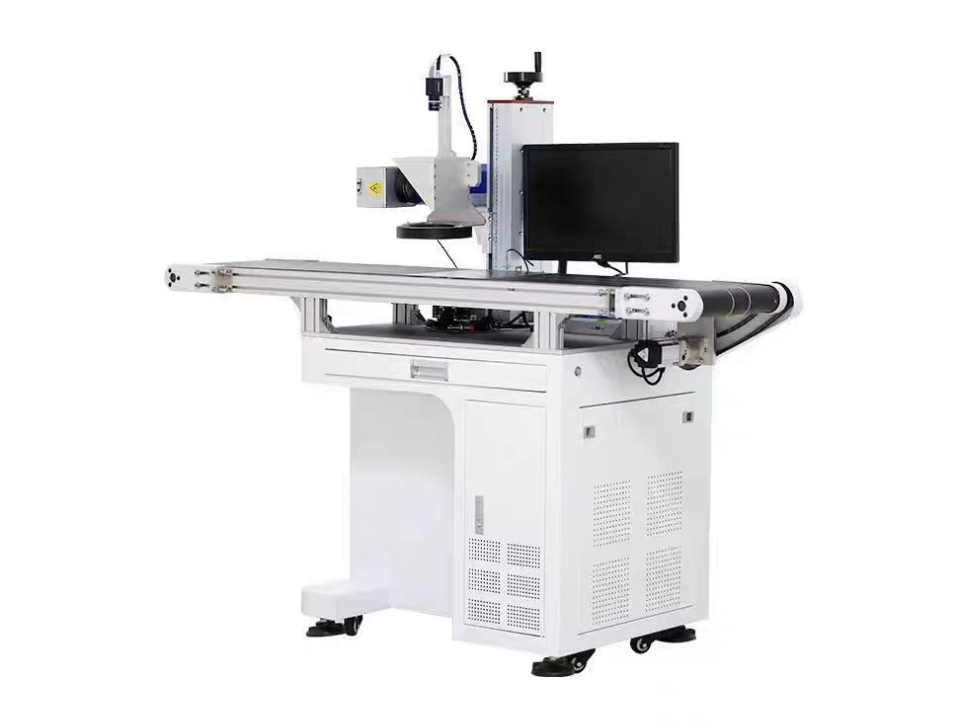
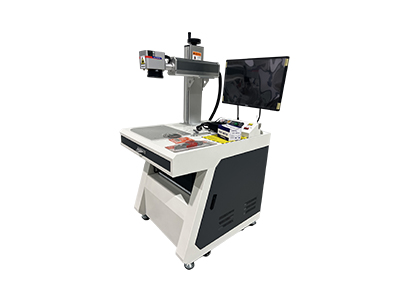
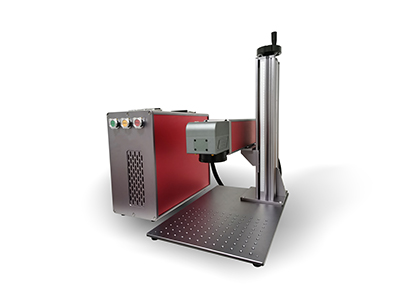
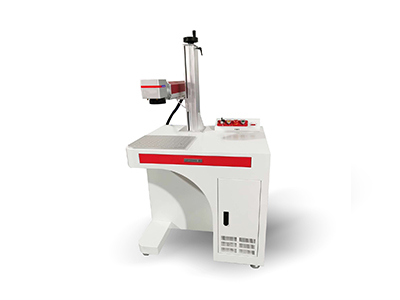
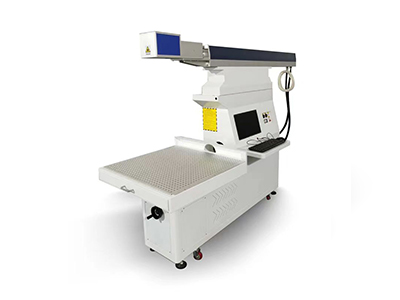
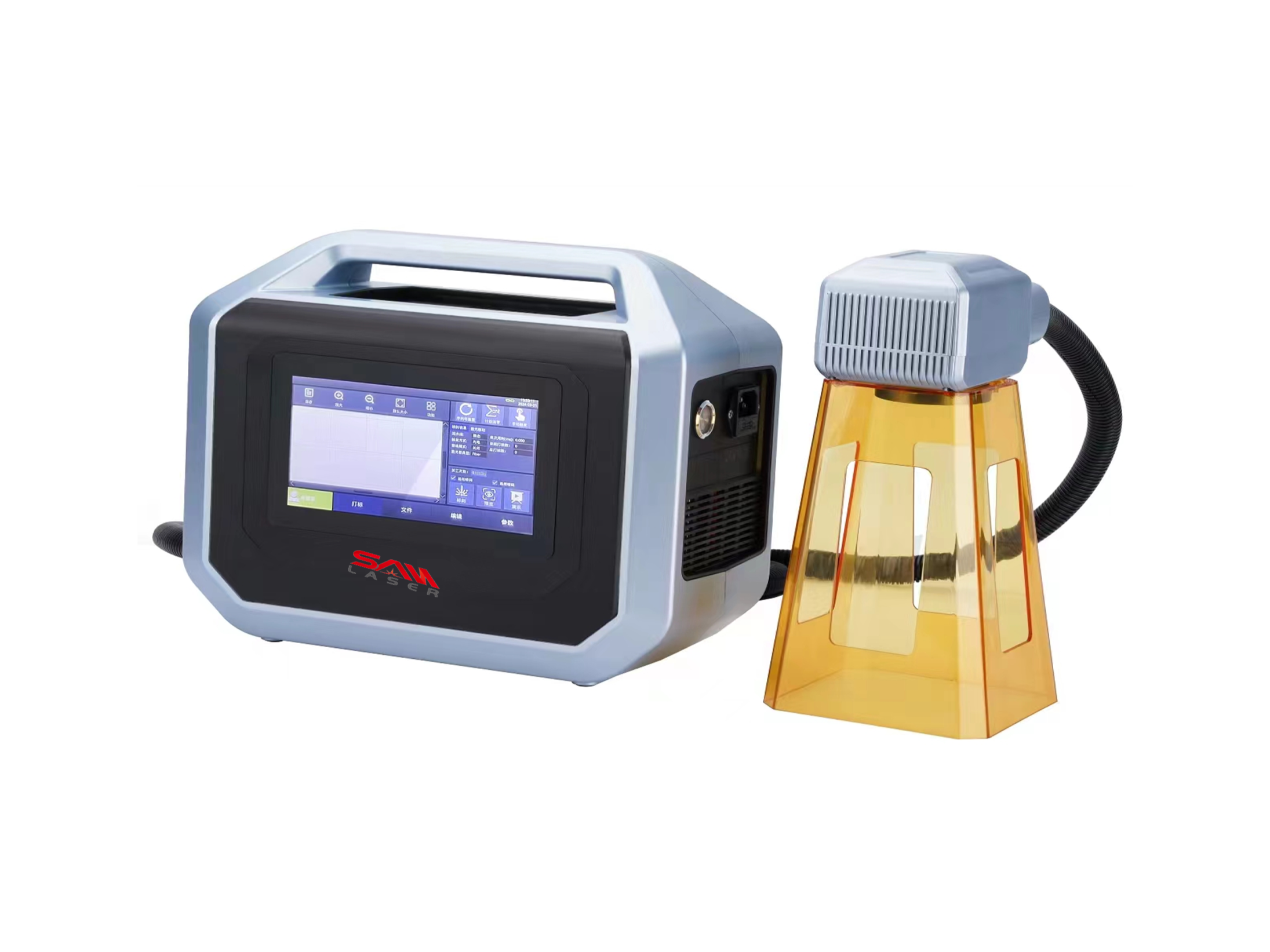
 Welder News
Welder News




